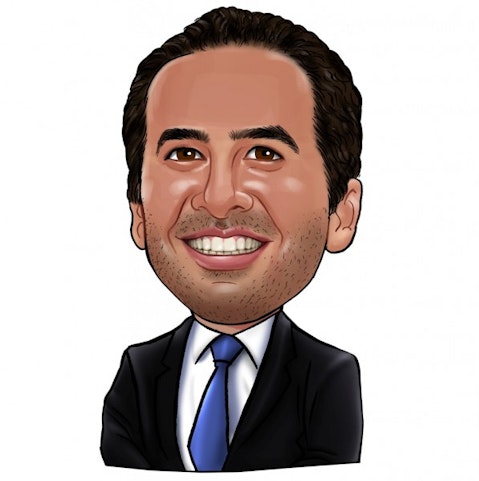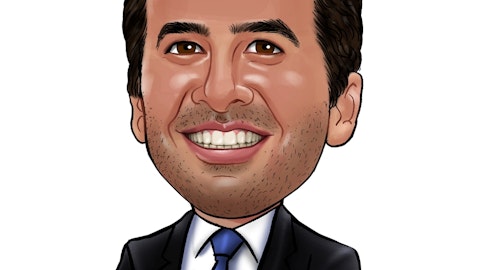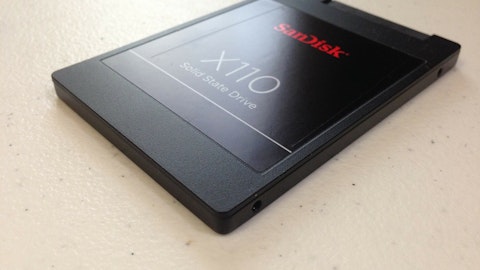The masses may already know that 13D filings are required to be submitted when hedge funds or other money managers have ownership stakes of 5% or more in U.S-listed companies and intend to engage that company’s management in some way rather than being a passive investor, all with an eye towards unlocking shareholder value. These filings have to be submitted with the U.S. Securities and Exchange Commission within ten days of the date of the event that requires the filing in most cases. As a result, tracking the smart money through their 13D filings can be a great stock-picking strategy. In fact, it has been proven that activist targets usually perform better than the broader market on aggregate. With this in mind, the following article will disclose two activist targets of several hedge funds tracked by Insider Monkey and the latest filings concerning them.

Following activist funds is important because it is a very specific and focused strategy in which the investor doesn’t have to wait for catalysts to realize gains in the holding. An activist fund can simply create its own catalysts by pushing for them through negotiations with the company’s management and directors. In recent years, the average returns of activists’ hedge funds has been much higher than the returns of an average hedge fund. Furthermore, we believe do-it-yourself investors have an advantage over activist hedge fund investors because they don’t have to pay 2% of their assets and 20% of their gains every year to compensate hedge fund managers. We have found through extensive research that the top small-cap picks of hedge funds are also capable of generating high returns and built a system around this premise. In the 37 months since our small-cap strategy was launched it has returned 102% and beaten the S&P 500 ETF (SPY) by more than 53 percentage points (read more details).
In a freshly-amended 13D filing, Scopia Capital Management, founded by Matt Sirovich and Jeremy Mindich, and Jerome Lande’s Coppersmith Capital Management disclosed a combined ownership stake of 3.78 million shares in Itron Inc. (NASDAQ:ITRI), which account for 9.9% of the company’s outstanding common stock. Let us remind you that the two hedge funds teamed up back in September, officially launching their activist campaign on Itron through a joint 13D filing and a group stake of 1.43 million shares. That initial 13D filing also disclosed that the activists acquired the shares of the technology and services company deeming that they were undervalued and represented an attractive investment opportunity. At the same time, the activist group mentioned that Itron Inc. (NASDAQ:ITRI) had the potential to streamline its operations in order to enhance profitability and create shareholder value. It is worth pointing out that the shares of the company have gained more than 17% since the activist group officially disclosed its campaign on September 21, but are still down by 17% year-to-date. Just recently, Canaccord Genuity upgraded the stock to ‘Buy’ from ‘Hold’ and raised its price target on it to $45 from $35, citing improving restructuring efforts, end-market, and M&A multiple.
Follow Matt Sirovich And Jeremy Mindich's Scopia Capital
Let’s briefly examine the hedge fund sentiment on the stock. The number of hedge fund firms tracked by our team with positions in Itron decreased to 16 from 18 during the second quarter, with them stockpiling 7% of the company’s shares on June 30. Similarly, the value of these hedge funds’ stakes decreased to $92.86 million from $99.11 million quarter-over-quarter. Ian Simm’s Impax Asset Management was the top shareholder of Itron Inc. (NASDAQ:ITRI) at the end of the second quarter among the 16 investors cited above, holding a stake of 1.23 million shares.
Follow Itron Inc. (NASDAQ:ITRI)
Follow Itron Inc. (NASDAQ:ITRI)
The next page of the article discloses a new activist target of Sachem Head Capital.



